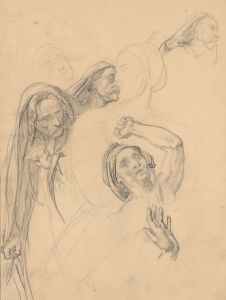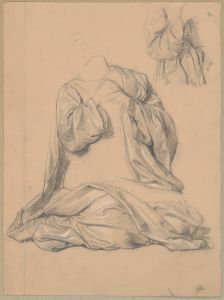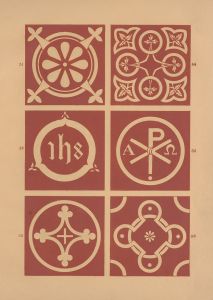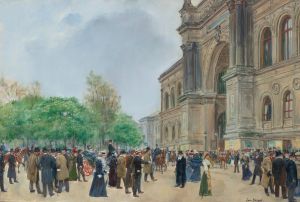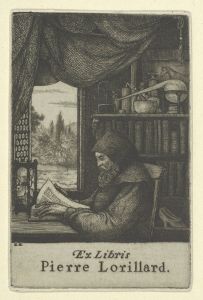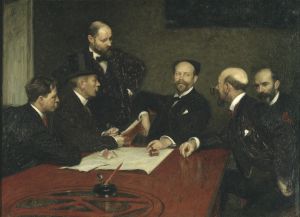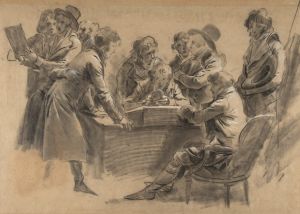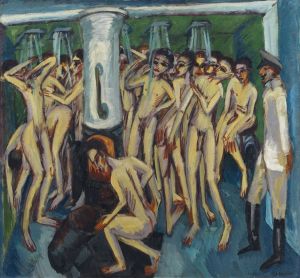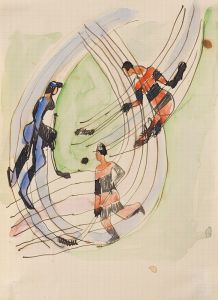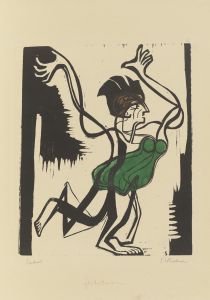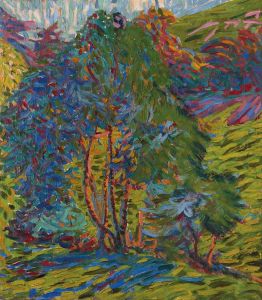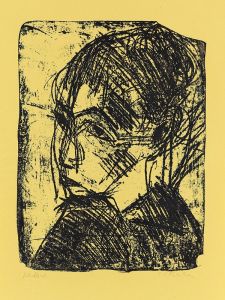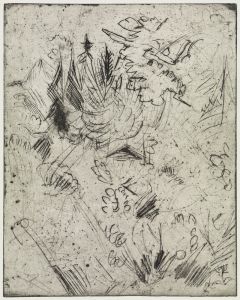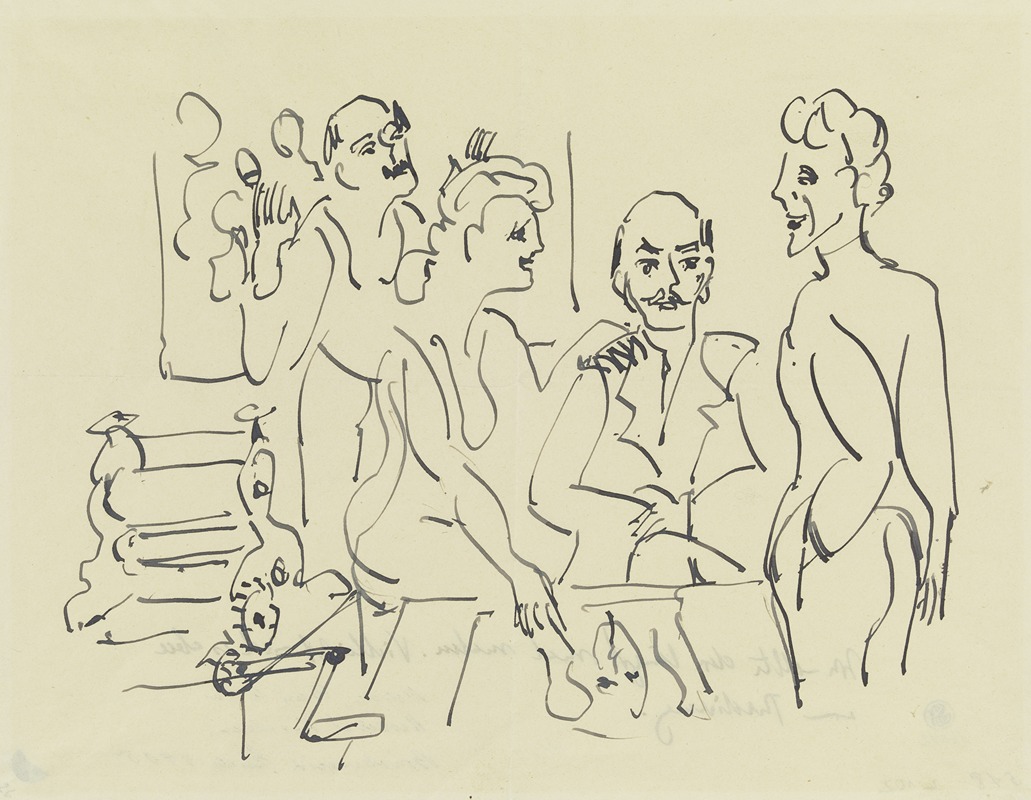
Emil Nolde, Ada Nolde, Erich Heckel und Ernst Ludwig Kirchner bei der Vorbereitung eines Holzschnittes
A hand-painted replica of Ernst Ludwig Kirchner’s masterpiece Emil Nolde, Ada Nolde, Erich Heckel und Ernst Ludwig Kirchner bei der Vorbereitung eines Holzschnittes, meticulously crafted by professional artists to capture the true essence of the original. Each piece is created with museum-quality canvas and rare mineral pigments, carefully painted by experienced artists with delicate brushstrokes and rich, layered colors to perfectly recreate the texture of the original artwork. Unlike machine-printed reproductions, this hand-painted version brings the painting to life, infused with the artist’s emotions and skill in every stroke. Whether for personal collection or home decoration, it instantly elevates the artistic atmosphere of any space.
Ernst Ludwig Kirchner, a prominent German expressionist painter and printmaker, created the artwork titled Emil Nolde, Ada Nolde, Erich Heckel und Ernst Ludwig Kirchner bei der Vorbereitung eines Holzschnittes (translated as Emil Nolde, Ada Nolde, Erich Heckel, and Ernst Ludwig Kirchner Preparing a Woodcut). This work reflects Kirchner's engagement with the medium of woodcut printing, a technique highly valued by the artists of Die Brücke, the expressionist group to which Kirchner belonged.
Die Brücke (The Bridge) was founded in Dresden in 1905 by Kirchner, Erich Heckel, Karl Schmidt-Rottluff, and Fritz Bleyl. The group sought to break away from traditional academic art and embraced a raw, emotive style influenced by non-Western art forms and the German medieval tradition of woodcuts. Woodcut printing, with its bold lines and stark contrasts, became a hallmark of their artistic output.
The painting depicts a collaborative moment among key figures of the expressionist movement. Emil Nolde, though not a founding member of Die Brücke, was briefly associated with the group and shared their interest in primitivism and emotional expression. Ada Nolde, Emil Nolde's wife, often appeared in his works and was an integral part of his artistic life. Erich Heckel, another founding member of Die Brücke, was a close collaborator of Kirchner and shared his enthusiasm for woodcut techniques.
The scene captures the artists in the process of preparing a woodcut, emphasizing the communal and experimental spirit of Die Brücke. This collaborative approach was central to the group's philosophy, as they often worked together, shared ideas, and exhibited collectively. The artwork not only documents their creative process but also serves as a testament to their shared commitment to innovation and artistic freedom.
Kirchner's style in this work is characterized by his use of vivid colors, dynamic composition, and expressive forms, all of which are hallmarks of his broader oeuvre. The painting provides insight into the artistic practices of Die Brücke and highlights the importance of woodcut printing in their exploration of modern art.
This artwork is a significant historical document, offering a glimpse into the relationships and practices of some of the most influential figures in early 20th-century German expressionism. It underscores the collaborative ethos of Die Brücke and their dedication to pushing the boundaries of artistic expression.





